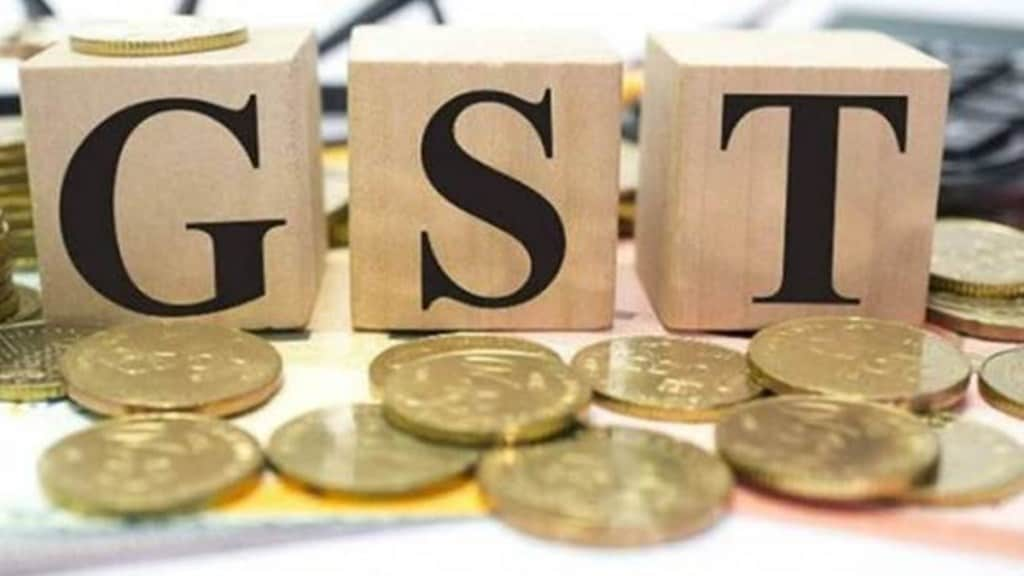After the Goods and Services Tax (GST) Council on Tuesday clarified that online gaming was always meant to be taxed at 28% on the full face value of bets and not at 18% on the platform fee, the industry has claimed that the move would cause irreversible damage to the gaming start-up ecosystem. Revenue Secretary Sanjay Malhotra told Prasanta Sahu that the move was aimed at bringing equitable treatment for all betting activities. Edited excerpts.
Could you elaborate on the Council’s decision on online gaming?
From an equity perspective, we have to distinguish between online games, where there are no stakes involved and one plays for fun by paying a fee (which is taxed at 18%) and the games played for stakes (winning). The latter is already taxed at 28% and it is clarified again. The equity comes in from the fact that these games played for stakes are in the nature of betting and gambling, are taxed at 28% like betting and gambling. Why should these have a rate other than 28% (the highest slab)? Even the entry fees for casinos and horse racing, and playing such games, are taxed at 28%.
Industry says the high tax will kill online gaming start-ups…
This may be an apprehension or a view. It needs to be seen what the price elasticity of demand for online gaming is. They are currently collecting much less tax (2% of turnover). So, it will be premature to say anything as to whether it will kill the industry or whether there will be some impact. But the GST Council was unanimous on 28% tax as far as online gaming is concerned.
Initial purchases of chips in casinos will attract 28% GST. But how will the subsequent winning of chips be taxed?
Initially, whatever payments one makes (for chips) will be charged at the 28% tax rate. So, if one buys chips for Rs 100, she pays Rs 128. After playing, if she returns some chips, the question is whether the GST will be refunded or not. This is to be decided and finalised in the rules.
How have the tax revenues grown in Q1FY24?
About a 12% growth rate for gross GST and 16% on direct taxes were reported in Q1 FY24. As far as excise duty (on auto fuels) is concerned, there is a downward trend of 11% but that is because rate were cut in May last year. So that impact is there. There is also a decrease in Customs revenue, which is primarily to do with sluggish exports because imports and exports go hand in hand.
Are the states lagging behind the 14% GST growth rate after the compensation ended?
This 14% growth (annual growth guaranteed during the first five years of GST and the shortfall was compensated) is not the yardstick we should be comparing. Because this figure does not have any rationale or any basis as the revenues of the states were also not growing at this rate prior to the introduction of GST. Revenues of states were growing at only about 8% in the pre-GST period. Since the rollout of the GST, the revenue growth rate is 12.3% in the last five years, whereas the economy has grown at only 9.8%. So, we have done better. If one doesn’t take into account the compensation paid to states, then the buoyancy is 1.15.


